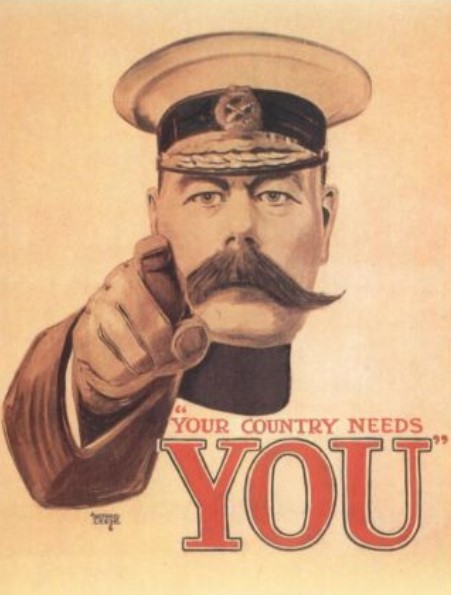
The outdoor advertising landscape has undergone a radical digital transformation -and yet, amongst share of voice, playouts, and programmatic buying, you’ll still find terms like 6-sheet, 48-sheet, and 96-sheet in out of home (OOH) campaigns. These seemingly outdated size formats have not only survived but continue to thrive in a tech-driven industry.
Historical Roots
Traditional outdoor advertising sizes originated from the standardisation of paper and printing processes. Before large-scale printing became commonplace, posters were often assembled from multiple smaller sheets of paper. ‘6-sheet’ referred to a poster created using six of these standard paper sheets. This established a common reference point allowing advertisers to plan campaigns and communicate with printers effectively.
Why Do Traditional Sizes Still Matter?
Several factors contribute to the continued relevance of traditional OOH ad sizes:
- Legacy and Consistency: The industry has operated with these sizes for decades. Printers, media owners, and advertisers have a deeply ingrained understanding of these formats. This shared language ensures seamless communication and execution.
- Creative Impact: Traditional sizes offer a well-defined canvas. Creatives and designers are accustomed to working within these dimensions, leading to a vast library of effective designs and layouts that can be repurposed and adapted – the 48-sheet will forever be iconic, providing marketeers with the ultimate challenge!
- Ease of Planning and Buying: Media buyers can easily compare inventory, coverage, and pricing based on standard size units. This simplifies the buying and planning process for outdoor ad campaigns.
- Flexibility: While the core sizes remain, they can be combined or modified. This allows for creative scaling in the design and placement of outdoor advertisements.
Traditional Sizes and Their Modern Equivalents
Here’s a breakdown of some common traditional sizes still used in outdoor advertising and their general contemporary dimensions:
- 6-Sheet: The most common bus shelter format. Approximate size: 1.2 (w) x 1.8m (h)
- 48-Sheet: Large-format roadside billboard. Approximate size: 6m (w) x 3m (h)
- 96-Sheet: Even larger roadside billboard. Approximate size: 12m (w) x 3m (h)
- Phone Kiosk: Smaller vertical format, common for phone booth ads.
It’s important to note that precise dimensions can vary slightly by country and media owner.
The Rise of Digital OOH
The growth of digital out-of-home advertising (DOOH) hasn’t replaced traditional formats. Instead, it has cemented the future of the landscape. DOOH screens offer flexibility and the opportunity for dynamic, data-driven creatives. However, they often occupy the same spaces defined by traditional sizes, ensuring compatibility and standardisation, while also increasing new possibilities – for example, Global’s street hubs in conjunction with BT offering free phone calls, charging stations and touch screen tablets – or JCDecaux’s defibrillators, where life-saving street furniture meet the latest digital advertising tech.
The Future: A Hybrid
The future of OOH advertising sizing is undoubtedly a blend. Traditional formats will retain their niche for as long as outdoor advertising continues to evolve, offering a point of reference that bridges traditional and digital OOH. Although they may seem a relic of a bygone era, they are now instilled with the complex and ever-changing OOH landscape.
